Inaugural Meeting of Kavli INsD, Oxford’s Scientific Advisory Board
Inaugural Meeting of Kavli INsD, Oxford’s Scientific Advisory Board
Kavli INsD, Oxford held its first Scientific Advisory Board (SAB) meeting on 21 November 2023. The meeting was chaired by Professor Wolfgang Baumeister, Director, Max Planck Institute of Biochemistry, Munich with other members and their affiliations listed on our website.
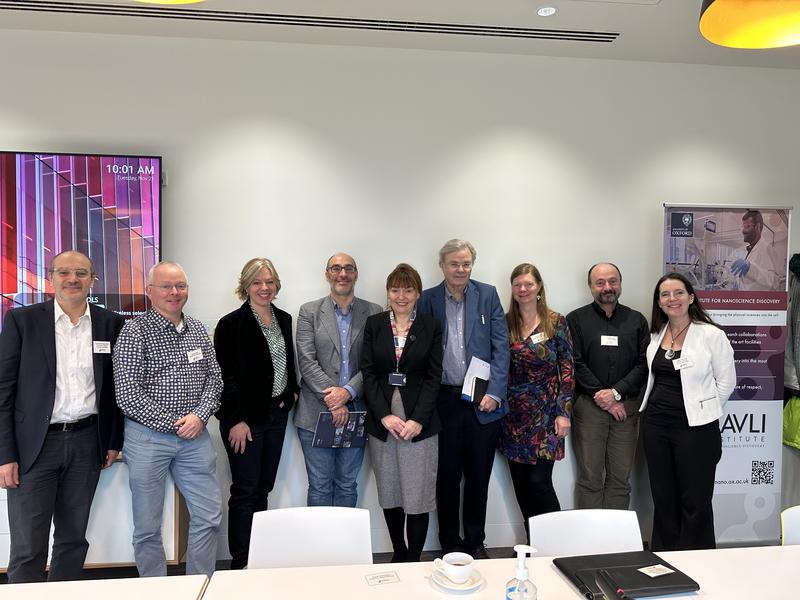
The day began with an overview and introduction to Kavli INsD by Kavli Oxford Director, Carol Robinson who said,
“I was proud to be able to present our institute to the SAB and have in attendance heads of both divisions as well as many heads of departments”
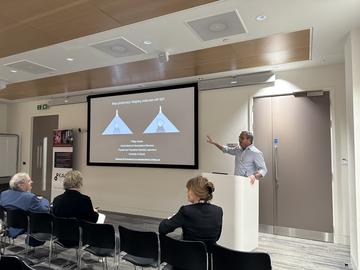
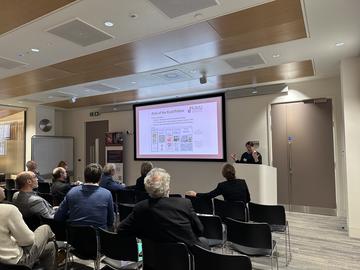
Scientific sessions begun with Philipp Kukura who introduced Mass Photometry and the highs and lows of running a spin out company. Lindsay Baker, our first Oxford Kavli Fellow now appointed as an Associate Professor, then shared her fellowship experiences.
The spotlight then turned to this year's KARD Awardees, who described their ground-breaking research proposals. The morning session was completed by Richard Wade-Martins, who presented his lab's research on Parkinson's, Alzheimer's, and Dementia.
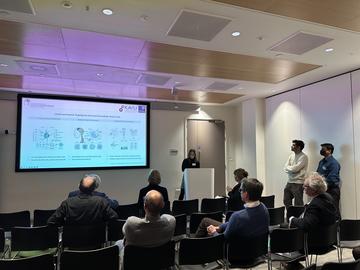
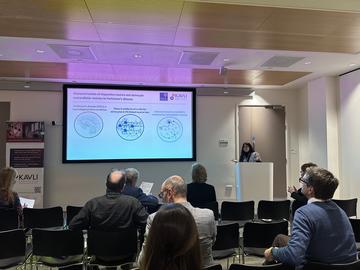
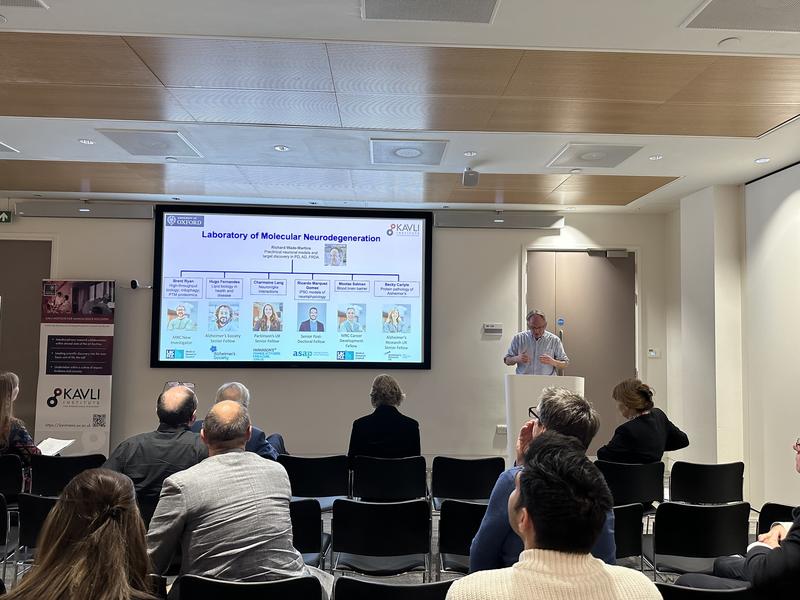
Board Members, visiting Heads of Division and Departments then joined the Kavli community in our open atrium to listen to our customary ‘3-minute research presentations’ 1
During the lunch break 22 posters and one award winning scientific image provided an opportunity for postdocs and DPhil students to present their research and engage with board members.2
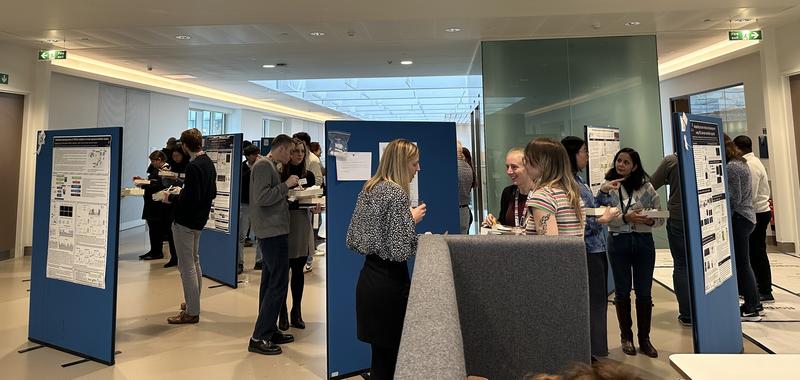
The afternoon session featured further research presentations; first from Wellcome Trust Sir Henry Dale Fellow Dominika Gruzska on investigating genome dynamics during DNA replication; Molly Stevens who recently joined Kavli Oxford from Imperial College, then emphasised the importance of collaborative science in bionanoengineering. Next up Simon Newstead, delved into structural biochemistry and molecular-level understanding of nutrient transporters. Esther Becker closed the session by shedding light on her research on ataxia.
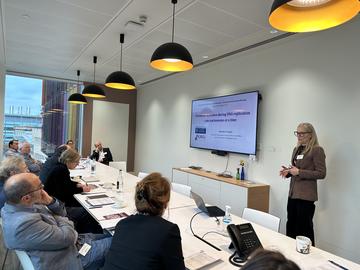
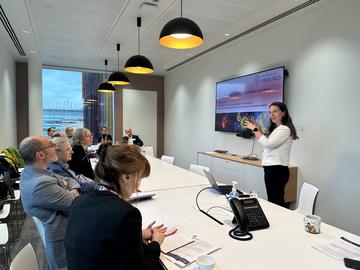
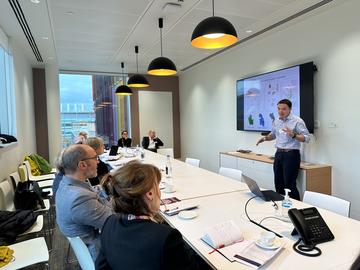
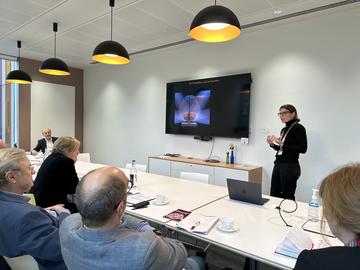
Kavli Oxford thanks all Scientific Advisory Board members for their valuable time and our Kavli researchers for their presentations. The event marked a significant milestone in our research progress at Kavli Oxford. We look forward to hosting the Board at future meetings and engaging with their constructive challenges and feedback.
|
1. Dr Hafez El-Sayyed (Physics) presented on antimicrobial resistance and citizen science Dr Carla Kirschbaum (Chemistry) presented on mass spectrometry Dr Emma Silvester (Biochemistry) presented on Cryo-EM Dr Maria-Claudia Caiazza (Physiology, Anatomy and Genetics) and DPhil candidate, Sacha Salphati presented on their collaborative work on Parkinson’s Disease and synthetic nanobodies |
||||||||||||||||||||||||||||||||||||||||||||||||
2.
|


